Magnolia Kobus Profile
Written by Iris
Aug 06 2021
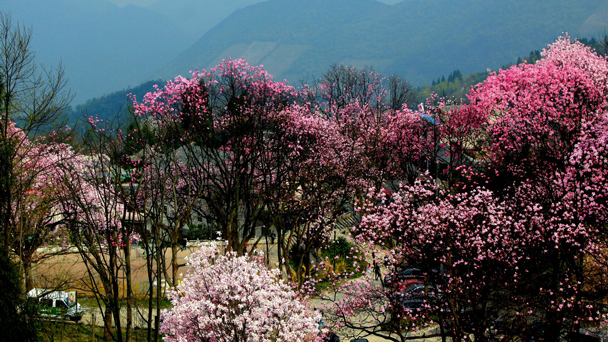
Magnolia Kobus, known as Kobushi Magnolia, is a Magnolia native to Japan. It is a deciduous tree that can reach a height of 15m (50 ft) in Japan and 10 m (35 ft) in Japan, but is usually much less in the UK. Magnolias are vigorous and easy to grow, but are known for their slow flowering, taking years to bloom, but when they do, they can be spectacular.
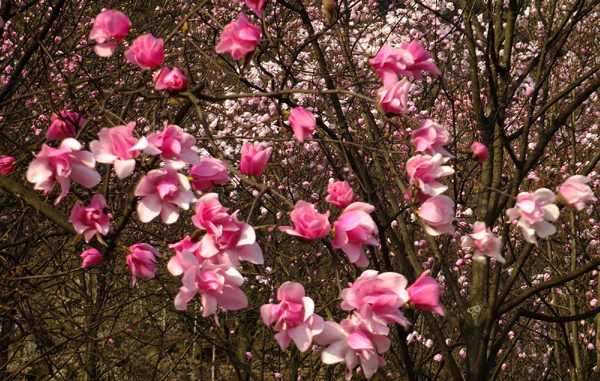
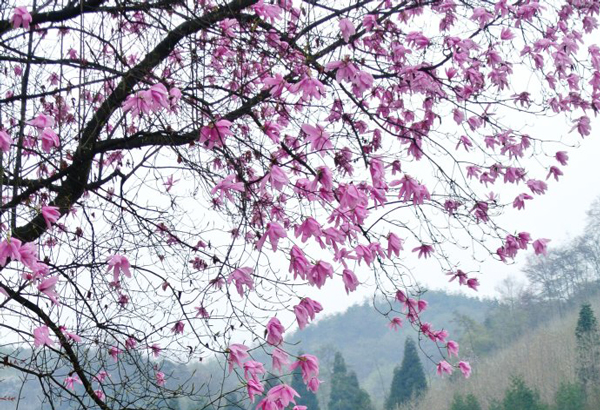
Pruning
Magnolias don't require pruning as much as some ornamental trees, and in fact pruning an older magnolia can damage the tree.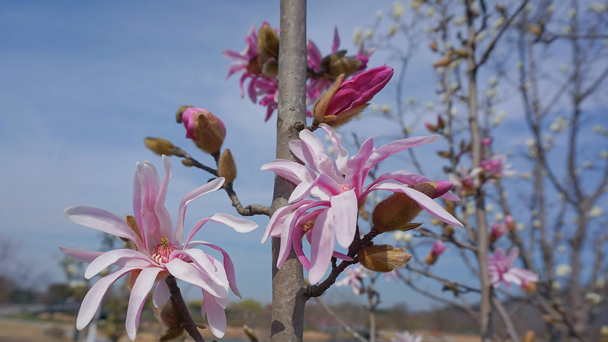
You can use this as a specimen tree to provide early spring interest because it blooms before many other plants do. This is a good magnolia species for those who live in cooler climates. On large properties, it can be used as a tall informal hedge, and it also makes a good tree for woodland borders.
Magnolia kobus Common Pests/Diseases
Magnolias are robust trees with few diseases or pests. One common ailment is algal leaf spot, which causes leaves to turn brown and develop a velvet-like underside. This can be treated with a fungicide.
Fungal leaf spots also occur, but do minor damage, and should disappear on their own. Canker may be the cause of branch die-off, and should be dealt with by pruning the damaged branch to fresh wood.
Magnolia scale is an insect that may also cause branch die-off and underdeveloped leaves. If you see a sticky sap on your tree, then suspect the magnolia scale. They can be controlled by dormant or summer oils, or via insecticides, applied in late summer.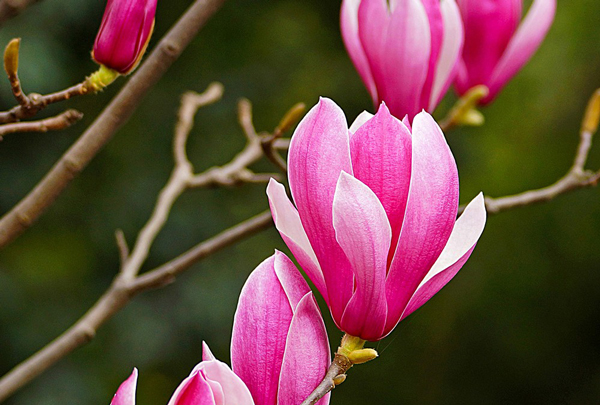
An interesting cultivar is 'Wada's Memory'. It is sometimes listed as Magnolia salicifolia 'Wada's Memory' or as a hybrid of the two species (named Magnolia x kewensis). It is columnar to pyramidal in form, with large blossoms and blackish-green leaves.
M. Kobus has also been crossbred with the star magnolia (Magnolia stellata) and the resulting hybrid is the Loebner magnolia (Magnolia x loebneri).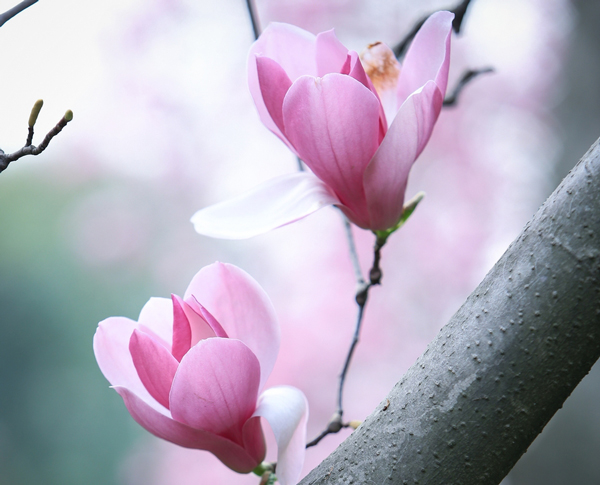
Bulbs make ideal magnolia tree companions. Plant them along the edge of the canopy, or a little further in if you have a deciduous magnolia. Bulbs look their best in groupings. Choose a mixture of spring, summer, and fall bulbs so that you always have something in bloom. Daffodils and dwarf irises are among the first to bloom, and a mix of bright yellow daffodils and purple dwarf irises never fails to make you think of little girls in their bright Easter dresses. You can find daffodils in pink and white as well as the traditional yellow.
Magnolia kobus PictureMagnolia kobus InfoEcological Habits of Magnolia kobusHow to Grow and Care for Magnolia kobusUses of Magnolia kobus
Magnolia kobus Picture

Magnolia kobus Info
| Botanical Name | Magnolia kobus |
| Common Names | Kobus magnolia, Kobushi magnolia, northern Japanese magnolia |
| Plant Type | Deciduous flowering tree |
| Mature Size | 25 to 30 tall |
| Sun Exposure | Full sun to part shade |
| Soil Type | Rich, well-drained loam |
| Soil pH | 5.6 to 7.5 |
| Bloom Time | Early spring |
Ecological Habits of Magnolia kobus
Magnolia kobus is a deciduous Tree growing to 12 m (39ft) by 7 m (23ft) at a medium rate. magnolia kobus is hardy to zone (UK) 5. Magnolia kobus is in flower from April to May. The species is hermaphrodite (has both male and female organs) and is pollinated by Beetles. Magnolia kobus is suitable for: light (sandy), medium (loamy) and heavy (clay) soils and prefers well-drained soil. Suitable pH: acid, neutral and basic (alkaline) soils. Magnolia kobus can grow in semi-shade (light woodland) or no shade. It prefers moist soil. Magnolia kobus can tolerate atmospheric pollution.
How to Grow and Care for Magnolia kobus
How to Grow Magnolia kobus
- With Seeds
- With Stem Cuttings
How to Care for Magnolia kobus
- Light
- Soil
- Water
- Temperature and Humidity
- Fertilizer
Pruning
Magnolias don't require pruning as much as some ornamental trees, and in fact pruning an older magnolia can damage the tree.

Uses of Magnolia kobus
Landscape UsesYou can use this as a specimen tree to provide early spring interest because it blooms before many other plants do. This is a good magnolia species for those who live in cooler climates. On large properties, it can be used as a tall informal hedge, and it also makes a good tree for woodland borders.
Magnolia kobus Common Pests/Diseases
Magnolias are robust trees with few diseases or pests. One common ailment is algal leaf spot, which causes leaves to turn brown and develop a velvet-like underside. This can be treated with a fungicide.
Fungal leaf spots also occur, but do minor damage, and should disappear on their own. Canker may be the cause of branch die-off, and should be dealt with by pruning the damaged branch to fresh wood.
Magnolia scale is an insect that may also cause branch die-off and underdeveloped leaves. If you see a sticky sap on your tree, then suspect the magnolia scale. They can be controlled by dormant or summer oils, or via insecticides, applied in late summer.

Varieties of Magnolia kobus
There are two natural varieties of Magnolia kobus, according to some botanists: var. kobus and var. borealis. Some also believe the star magnolia (Magnolia stellata) is a variety of this species, making it var. stellata.An interesting cultivar is 'Wada's Memory'. It is sometimes listed as Magnolia salicifolia 'Wada's Memory' or as a hybrid of the two species (named Magnolia x kewensis). It is columnar to pyramidal in form, with large blossoms and blackish-green leaves.
M. Kobus has also been crossbred with the star magnolia (Magnolia stellata) and the resulting hybrid is the Loebner magnolia (Magnolia x loebneri).

Magnolia kobus Companion Plants
Camellias are lovely shrubs with flowers that echo the shape and texture of magnolia flowers, but in a smaller size and wider range of colors. The blossoms appear in late fall or early spring, depending on variety, in shades of white, pink, and red. They need light shade. The leaves scorch when they get too much sun and they don’t bloom well when they get too much shade. Plant camellias near but not directly under a magnolia.Bulbs make ideal magnolia tree companions. Plant them along the edge of the canopy, or a little further in if you have a deciduous magnolia. Bulbs look their best in groupings. Choose a mixture of spring, summer, and fall bulbs so that you always have something in bloom. Daffodils and dwarf irises are among the first to bloom, and a mix of bright yellow daffodils and purple dwarf irises never fails to make you think of little girls in their bright Easter dresses. You can find daffodils in pink and white as well as the traditional yellow.
Latest Updated
- Benefits of Bugleweed - 7 Science-backed Health Benefits
- Bugleweed Dangers & Side Effects - Is It Poisonous?
- How to Plant Evergreen Trees - What You Should Know
- When to Plant Evergreens - Grow Guide for Evergreen Trees
- 12 Wonderful Evergreen Shrubs for Your Garden
- 12 Popular Evergreen Plants with Pictures for Beginners
- When And How To Prune A Lilac Bush Like a Pro
- How to Grow & Care for Lilac Vine (Hardenbergia Violacea)
- Japanese Lilac Tree (Syringa Reticulata) Care & Propagation Guide
- Shumard Oak Pros and Cons - What to Know
Popular Articles
- Winter maintenance of Antirrhinum Majus
- How to Grow Terminalia Mantaly Tree
- How to Grow and Care for Crossostephium Chinense
- How to grow Antirrhinum Majus in spring
- Peristeria Elata (Dove Orchid) Profile: Info & Care Guide
- Underwatered Snake Plant (Sansevieria Trifasciata) - Signs And How To Fix
- How to Care for Brazilian Jasmine Plant (Mandevilla Sanderi)
- How to Grow & Care for Graptopetalum Purple Delight in Summer
- Rosa Chinensis (China Rose): Plant Growing & Care Tips
- How to Care for Baby Sun Rose (Aptenia Cordifolia)